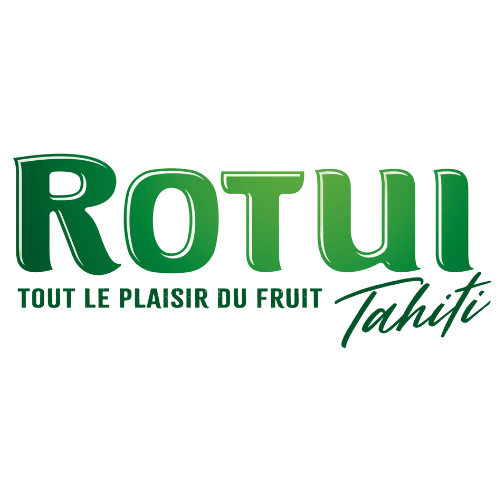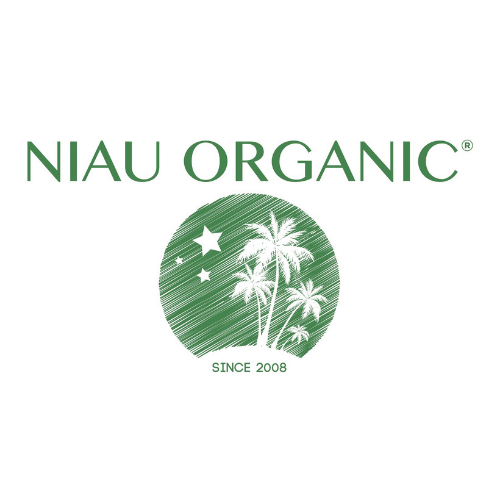
| Rea Tahiti | |
|
The Rea Tahiti is a spontaneous and widespread plant in French Polynesia. The natives have been cultivated it for thousands of years.
|
Long before the era of synthetic preservatives, turmeric was already playing a role as a food additive: it was able to preserve the food freshness, that is to say it has antioxidants powers. Nowadays, this root is still widely used, either as a condiment in food (curry), in medicine for the treatment of gastric and liver diseases, such as a chemical reagent in the pH indicator papers. In cosmetics, it is particularly appreciated in anti-aging skin products as it is rich in curcuminoids and has anti-oxidant and anti-inflammatory properties. |
|
CULTIVATION The multiplication takes place by rhizomes division. The first harvest takes place about 10 months after planting. The rhizomes are then collected during while vegetation is stopped, that is to say from December to April.
USES Traditionnal uses In Chinese medicine, the root stimulates circulation, reduces bruising and blood clots. In Thailand, people use it against cobra venom. It would strengthen the gallbladder and help metabolize fats. It is used in herbal medicine as a protector of the liver cell. It has an anti-inflammatory action. The leaf is also used in paste to treat boils. It is used for the manufacture of golden textile dyes. |
Cosmetic uses Rea is one of the most used in Ayurveda. |







